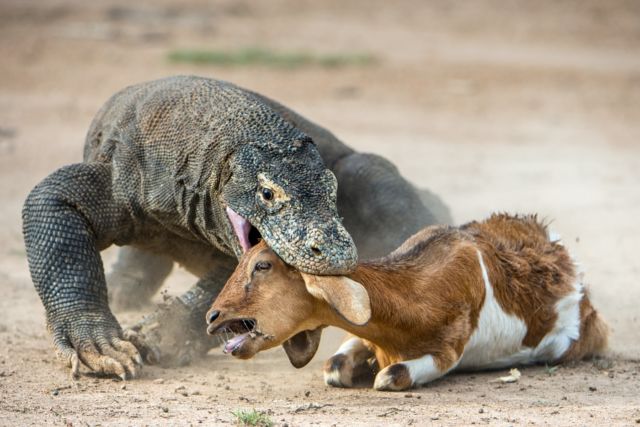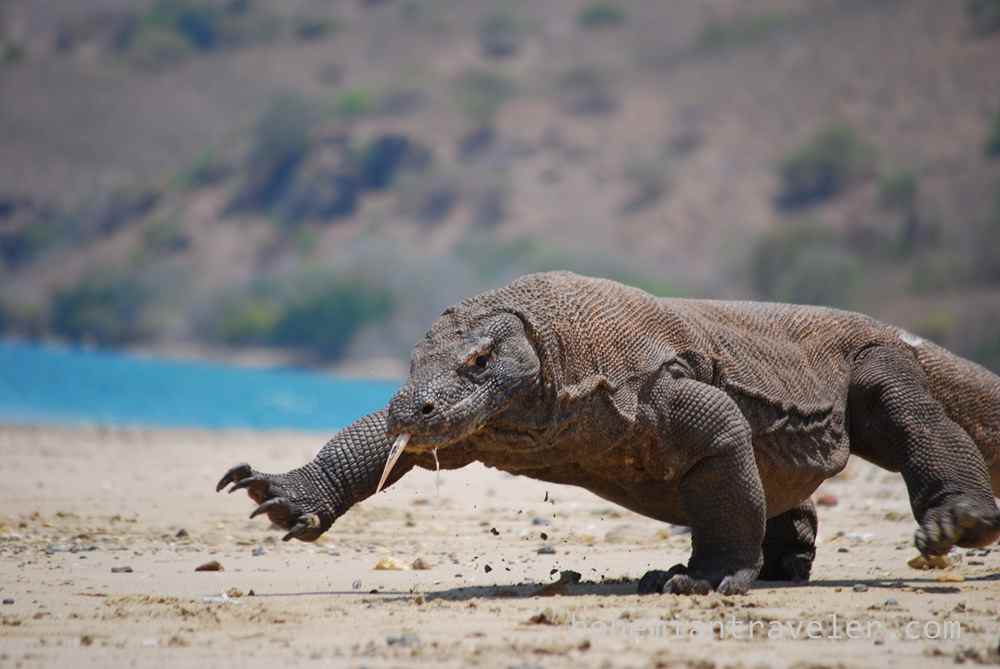If you’re planning a Komodo Island tour, chances are you’re excited to see the island’s most famous resident: the Komodo dragon. These giant lizards are certainly a sight to behold, but their importance goes beyond being a tourist attraction. Understanding the ecological significance of the Komodo dragon is crucial to appreciate its role in the surrounding ecosystem fully. From regulating herbivore populations to fertilizing the soil, the Komodo dragon plays a vital role in maintaining the health and balance of its habitat. In this article, we’ll explore why the Komodo dragon is essential and why conservation efforts are crucial to preserving its ecological significance for future generations.
The Komodo Dragon: A Top Predator
While on tour to Komodo Island, we should know the Komodo dragon is a top predator in its habitat, feeding on various prey, including deer, wild pigs, and even water buffalo. As an apex predator, it plays a critical role in regulating the populations of other species in its ecosystem. By hunting and controlling the number of herbivores, the Komodo dragon helps to prevent overgrazing and ensures a healthy balance between predator and prey.
The Komodo Dragon’s Impact on Soil Health
One lesser-known but equally important role of the Komodo dragon is its impact on soil health. These reptiles have a unique digestive system that allows them to consume large amounts of carrion, including bones and hooves. As they digest their food, they excrete large amounts of nitrogen-rich feces, which helps to fertilize the soil. This, in turn, promotes the growth of plant life and creates a healthy environment for other animals.
Read More:
Conquer Mount Kelimutu on Your Flores Komodo Tour
Discovering the Rich Culture of Flores on a Komodo Liveaboard
The Komodo Dragon’s Role in Maintaining Biodiversity
The Komodo dragon, the world’s most giant lizard, is vital in maintaining biodiversity in its habitat. As an apex predator, it regulates the populations of herbivores, preventing overgrazing and ensuring a healthy balance between predator and prey. By controlling the number of herbivores, the Komodo dragon indirectly affects plant life’s growth and survival, providing food and habitat for many other animals. This creates a diverse and healthy ecosystem that supports a variety of species.

Conservation Efforts for the Komodo Dragon
Despite their ecological significance, Komodo dragons are vulnerable to habitat loss and poaching. These animals and their habitat are being protected through conservation efforts. The authorities established the Komodo National Park to provide a haven for these reptiles, covering several islands. Additionally, programs have been implemented to educate local communities about conservation’s importance of conservation and promote sustainable tourism practices.
In conclusion, the Komodo dragon is more than just a tourist attraction. Its role as a top predator, fertilizer, and regulator of biodiversity makes it an essential part of the ecosystem. Efforts to protect these animals and their habitat are crucial to preserving the health and balance of the region’s environment. While on tour to Komodo Island, we must be mindful of our impact and support sustainable tourism practices that help preserve the ecological significance of the Komodo dragon and its habitat.
